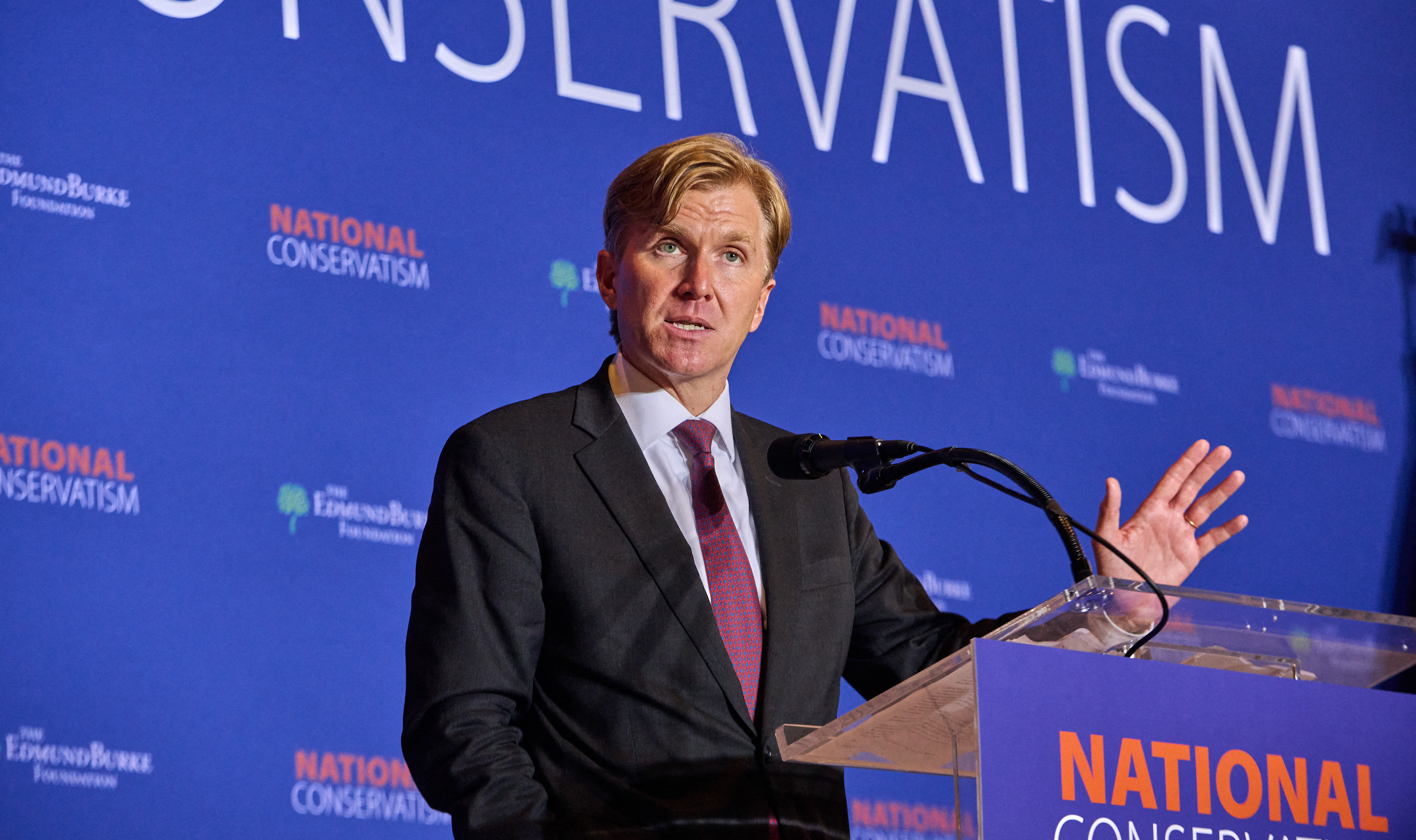Structurally Elevated Unemployment and Manufacturing Decline
Steve Sailer links to this very interesting paper out of U. Chicago arguing that a good portion of our still-elevated unemployment rate is due to the combination of the secular decline in manufacturing and the housing boom during the 2000-2007 period.
The argument, in a nutshell, has two parts. First, given the decline in manufacturing employment from 2000-2007, one would have expected a more elevated unemployment rate during that period. But opportunities in the booming housing sector masked this, resulting in a lower unemployment rate than expected. Second, the usual response to declining manufacturing employment is an increase in new skills acquisition (through community colleges and such). But the housing boom provided an alternative path to reemployment, thus resulting in a lower rate of new skills acquisition than usual. As a result, when the bubble burst, a larger-than-expected contingent of low-skilled workers was dumped onto the labor market, resulting in a higher and longer-lasting unemployment rate than would normally have been expected from an economic downturn.
I’m not in a position to evaluate the evidence, but this is the argument that a variety of dissident left-wing economists – most prominently Joseph Stiglitz and Jeffrey Sachs – have been making for some time. And it’s an argument I agree with.
The question, then, is what can be done in the short term about high unemployment if this analysis is correct and a significant fraction of currently high unemployment is due to a secular manufacturing decline over the past 12 years. The paper’s conclusion in this regard sounds like an explanation for the absence of any such action items in the President’s acceptance speech:
Lastly, we think that our results can inform the current policy debate about how best to stimulate employment. The type of non-employment we have identified is the result of the long run sectoral decline in manufacturing. Temporary boosts in labor demand due to hiring subsidies or infrastructure investments are not likely to have permanent effects on the labor demand of non-college individuals. As those hiring subsidies and infrastructure investments expire, the labor demand for non-college labor will still be depressed because of the decline in manufacturing. In this sense, our paper is among the first to document a significant role for structural forces in explaining the current high level of non-employment within the U.S. As noted above, over longer periods of time, current non-employed workers (or subsequent generations of workers) may find it more beneficial to accumulate skills. Addressing barriers to skill acquisition may have the most lasting effect on increasing the employment prospects of those workers who leave the labor force as a result of the ongoing decline in the manufacturing sector.
I don’t think that’s an adequate response – we could realign taxes and regulations to lower the burden on employment in permanent ways, not through temporary subsidies, and not all infrastructure investments are created equal. But what their argument does suggests is that, on the one hand, monetary policy is not likely to be the magic employment fairy that some people think, and that, on the other hand, the Obama Administration’s emphasis on reviving manufacturing employment is worth taking seriously, even if only as a holding action, rather than dismissing as a “foolish obsession.”
